1. Agricultural products need to be preserved
Agricultural products that need to be preserved are very diverse and abundant, including many different types and objects. If divided by morphological characteristics and nutritional composition, they will include the following:
- Seeds (less damaged) include types of cereal seeds, the main nutritional component is carbohydrates; group of seeds containing a lot of protein from legumes; Oilseed groups of crops such as peanuts, sesame, castor oil, etc.
- Vegetables and fruits (perishable)
- Root objects (quite perishable)
- Leaves (tea, tobacco, etc.) (perishable)
When stored under optimal conditions (temperature, humidity, atmospheric composition), the storage life of agricultural products can be considered the maximum time that agricultural products maintain their quality after storage. until put into use. The lifespan of each type of agricultural product depends on the characteristics of that type of agricultural product, on care conditions before, during and after harvest, and especially on storage conditions.
Preserving and extending the shelf life of agricultural products is to serve the needs of domestic consumption, export, re-production, and increase product value.
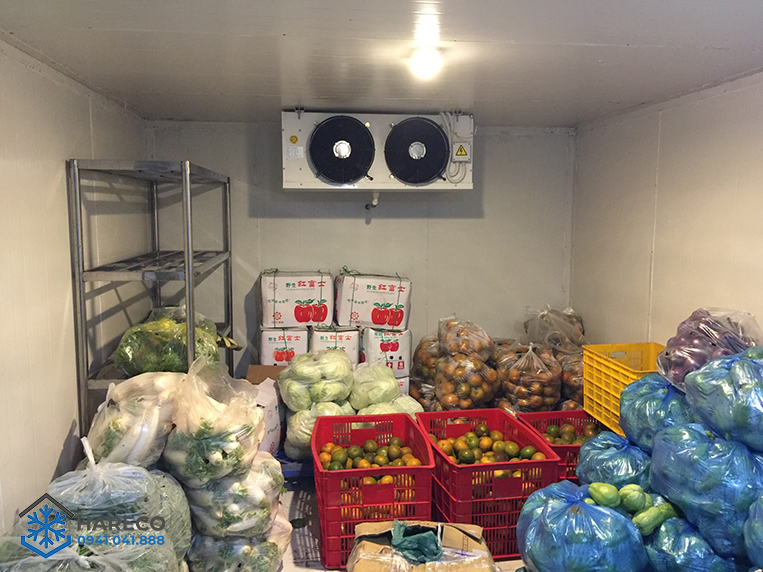
2. Preserve by cold method
Currently, there are many methods of preserving agricultural products after harvest, of which using the cold method for preservation is the most popular.
The principle of this agricultural product preservation technology is to use low temperatures to paralyze the activities of microorganisms and insects. The lower the temperature in the storage environment, the more effective it is at inhibiting biochemical processes occurring inside vegetables and fruits as well as the growth of microorganisms. Therefore, it can help prolong the preservation of fruits and vegetables longer.
To check the preservation of fresh fruits and vegetables, a number of additional measuring devices will often be installed in the cold storage such as thermometers, humidity measuring devices, temperature and humidity self-adjusting systems, and measuring systems. and adjust the air flow. Cleaning the cold area before storage is extremely necessary to prevent the growth of microorganisms and insects.
Depending on the type of agricultural product, choose the appropriate storage temperature. To cool storage rooms, people use air conditioners with different cooling agents. During storage, it is necessary to keep the temperature stable, do not let the impact of sudden temperature changes cause stagnation of water and easily damage agricultural products. Ideally, the temperature increase or decrease is 4 to 5 degrees Celsius in a day and night.
When transferring agricultural products from cold containers, it is also necessary to go through a gradual heating phase to maintain the quality of agricultural products.
Temperature range and storage time for canned fruits and vegetables

Mode and time of preserving fresh fruits and vegetables
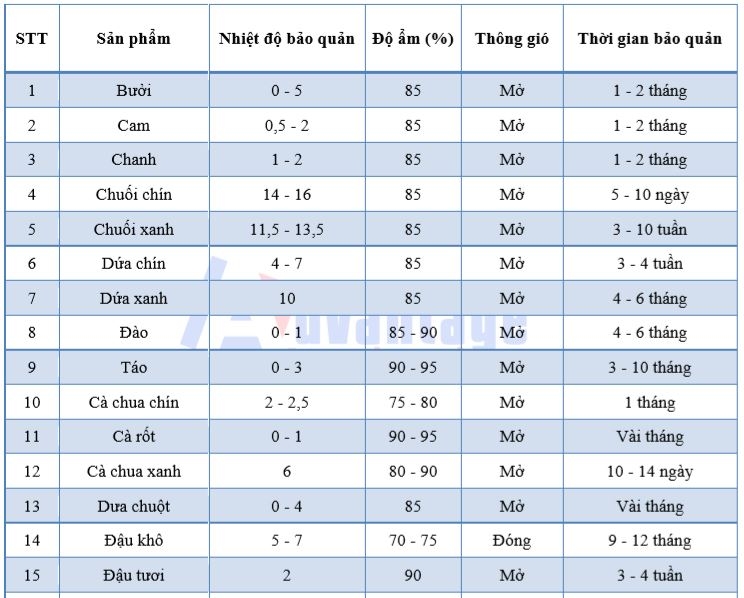
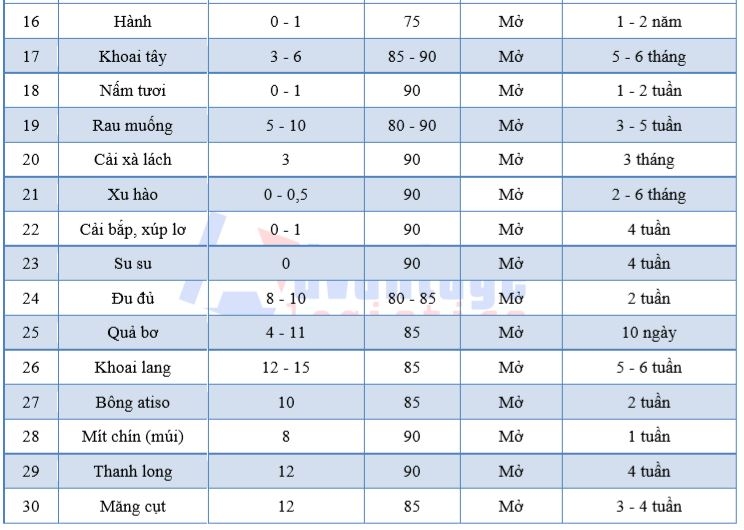
3. Requirements for cold storage to preserve agricultural products
- Cold storage must be a good barrier to protect agricultural products from negative environmental influences.
- The warehouse must be sturdy so that agricultural products can avoid external mechanical impacts such as wind, storms, earthquakes, etc.
- Warehouses must be used for a long time to reduce storage costs.
- The warehouse must be in a convenient location to ensure quick circulation of goods
- Warehouses must be specialized for each type of agricultural product.
4. Structure of cold containers and agricultural product preservation techniques
Refrigerated containers (refrigeration containers) are built for the purpose of storing and transporting goods at temperatures lower than ambient temperatures. There are many types of reefer containers, but the most commonly used are 20-foot and 40-foot reefer containers. Refrigerated container temperatures range from minus 30 degrees Celsius to 30 degrees Celsius.
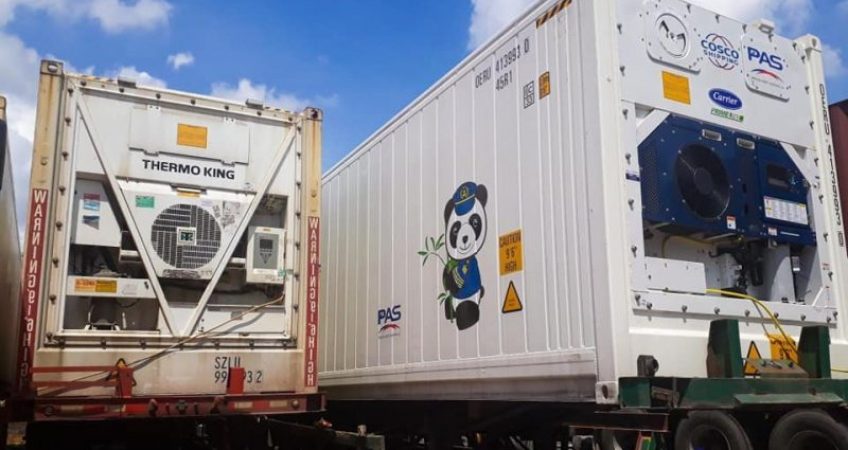
Refrigerated containers are constructed with a solid stainless steel frame, from the walls, floor, to the roof, there are 3 layers with the outer layer of aluminum or white stainless steel (capable of good radiation from sunlight, avoid absorbing heat) and the frames are constructed like regular containers, in the middle is a 60mm thick PU insulation layer with a high compression ratio, the innermost layer is a corrugated stainless steel layer to increase hardness, stainless steel material to ensure hygiene. food safety for goods. The wavy shape also helps improve the bearing capacity of the floor.
At the end of the reefer container, there is also a refrigeration system mounted inside the container (ensuring the safety of the refrigeration system during transportation and loading onto the container ship). For vehicles transporting refrigerated goods from North to South, the cooling system is located outside the container (increasing the quantity of goods packed into the container).
The refrigerated container uses a fully automatic 7.5hp air conditioner with indirect cooling method.
In our country, most reefer containers are used and the quality ranges from 70 - 90% depending on the container and the selling price fluctuates according to the quality of the container and the time.
5. Notes during the process of preserving agricultural products in cold containers
- During storage of seeds and tubers, it is necessary to periodically check and monitor to detect early and have solutions to overcome the phenomenon of germination so as not to reduce the quality of seeds and tubers.
- Limit water stagnation on the surface of fresh agricultural products.
- Limit light exposure because light contains UV rays that destroy fats and vitamins; Light lightens the color of agricultural products; Light stimulates the opening of stomatal cells, increasing transpiration, which can cause agricultural products to wilt; Light causes accumulation of solanine, a toxic substance, on potato tubers (food); Light stimulates insect activity.
- Always keep and clean the refrigerated container floor.
- Regularly check and monitor the quality of agricultural products in a systematic way. Inspection results must be recorded in the agricultural product quality record for monitoring.
6. Fruit storage temperature during transportation by refrigerated container
The storage temperature of agricultural products and fruits in refrigerated containers plays a very important role because if the correct temperature range is used, the goods will be kept longer and can be transported farther. The nutritional quality, flavor, and color will remain fresh when it reaches the final user.
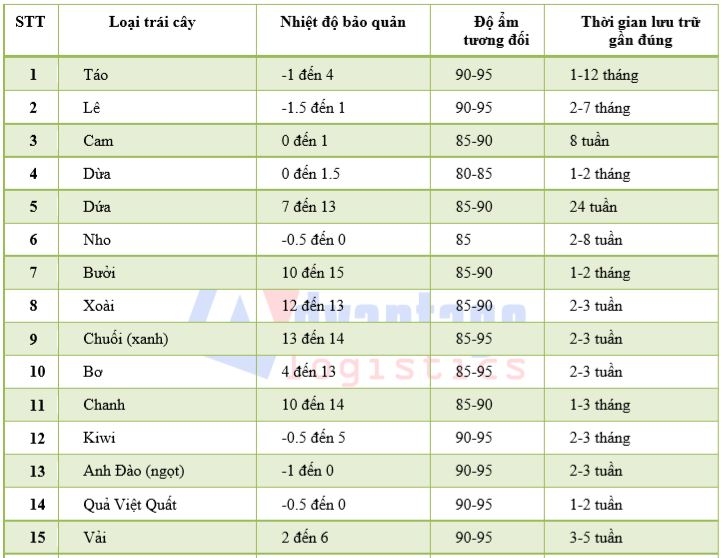
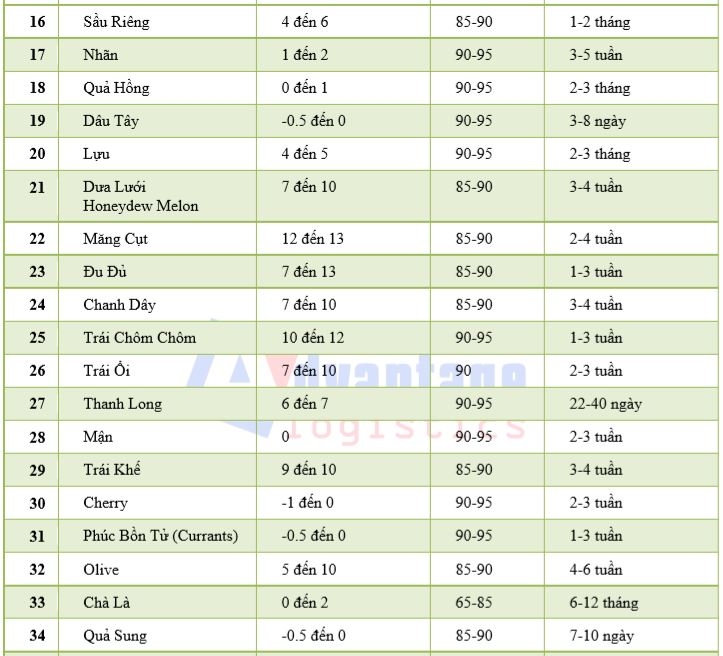
WOMENunmarketableDear customers, what about vughNg mahcbaht any information live above, please kunmarketabletnohivUhi our company deh nhahNDuhcsUgh phmoundcvmound tahn mind – tUh vahn miEhn fee, hoh pbelch 24/7.
–> If you have any questions, please contact hotline: 0903712368 for free consultation.
—– RELATED ARTICLES:

